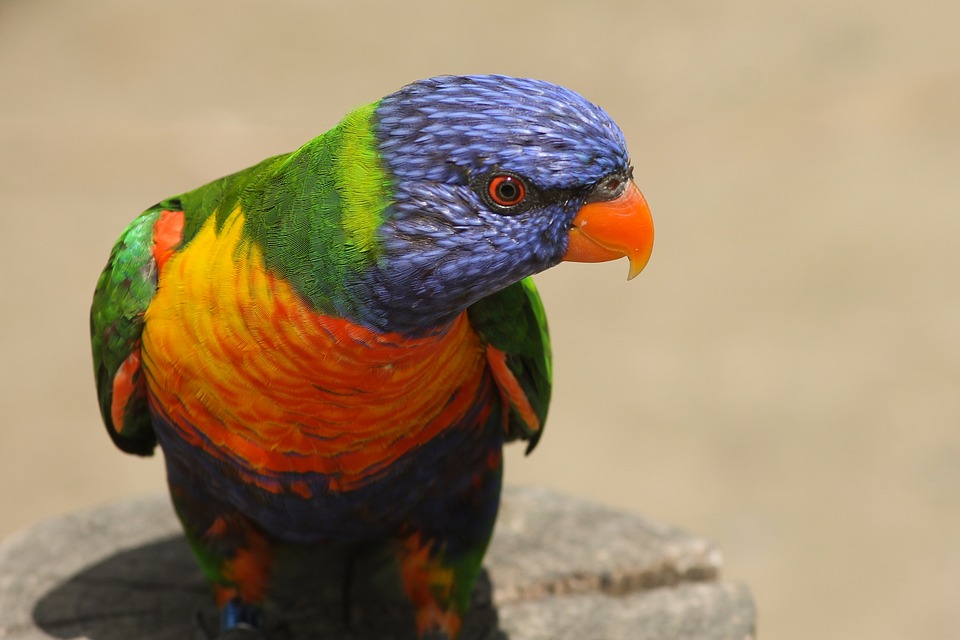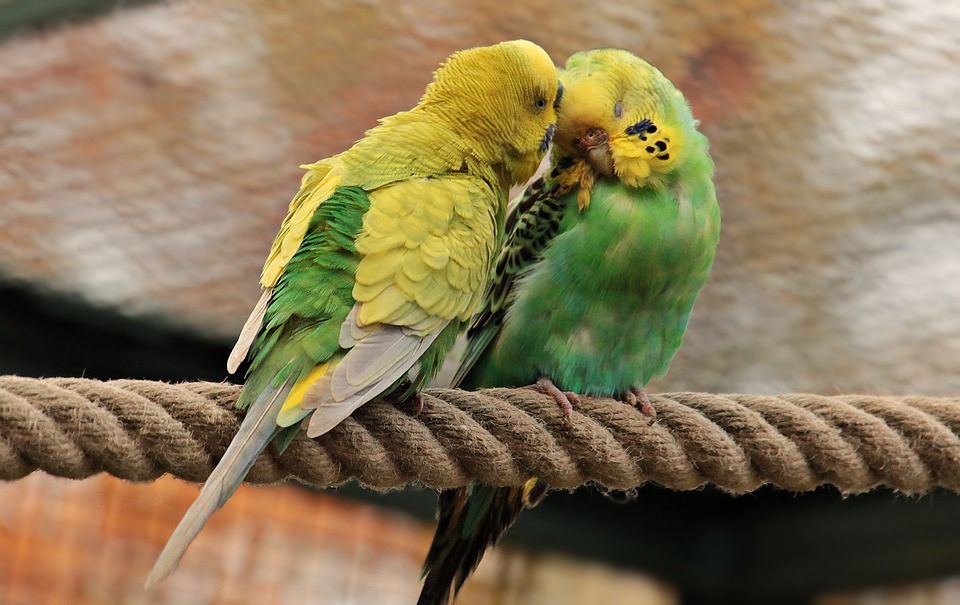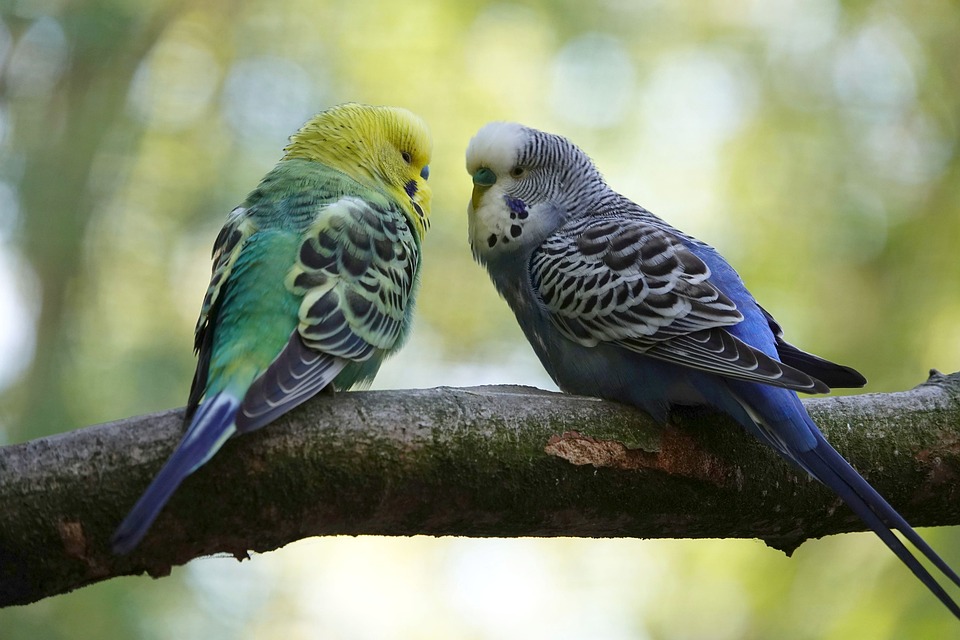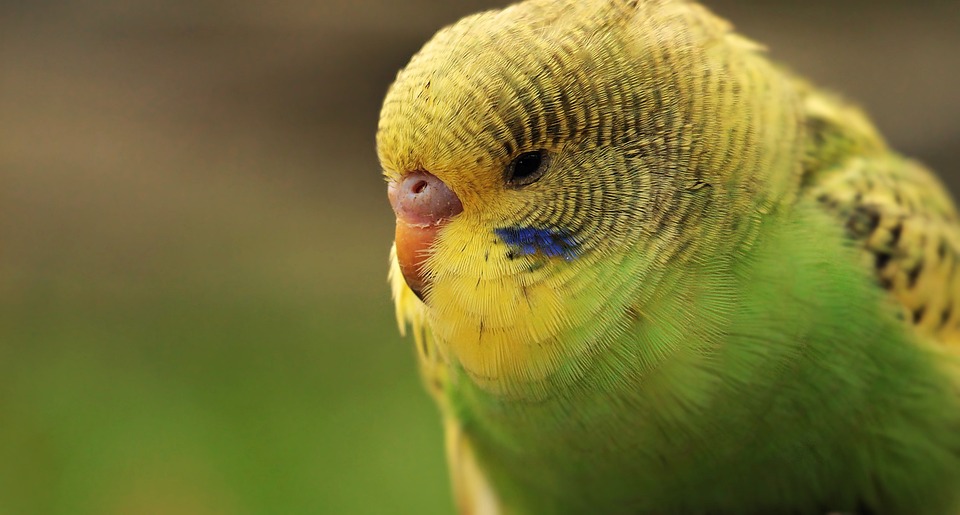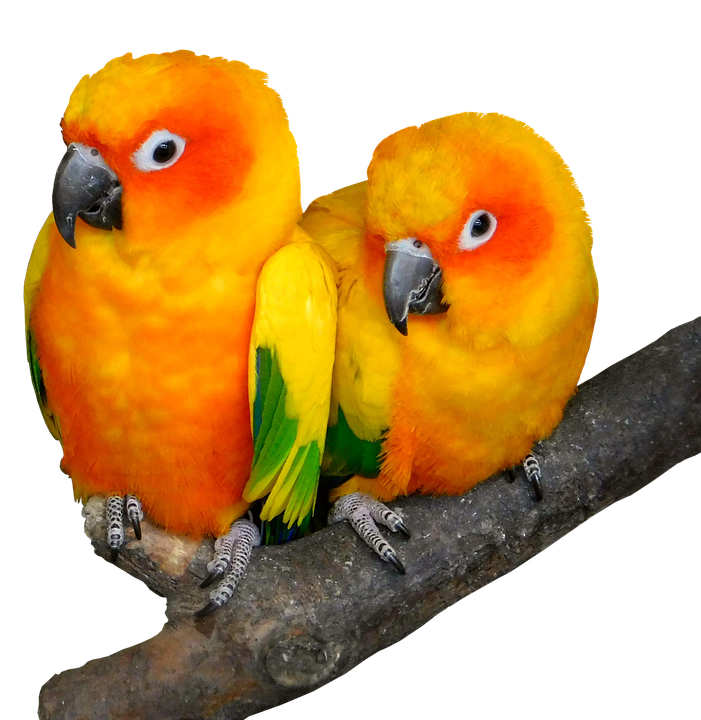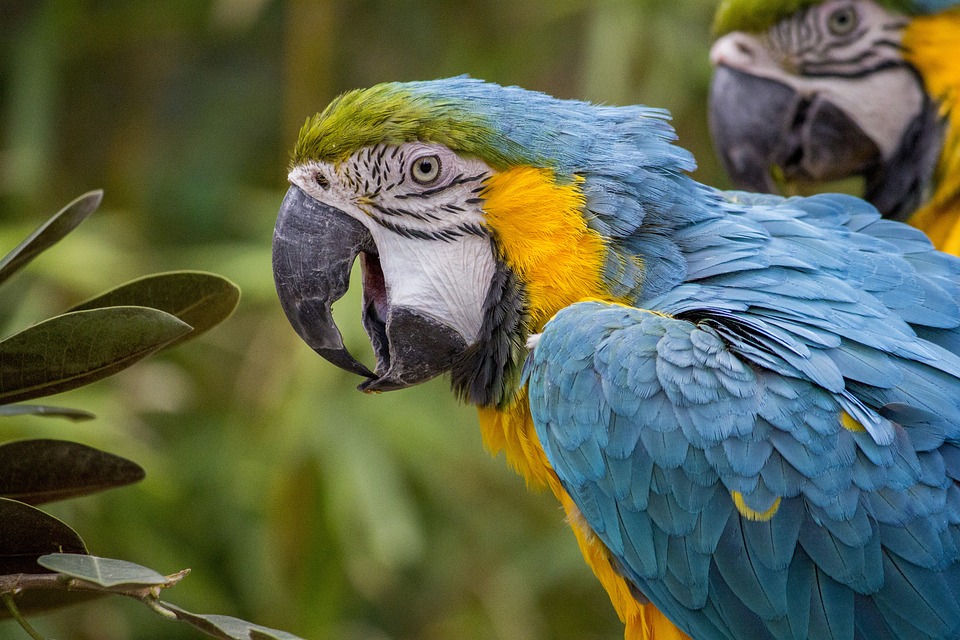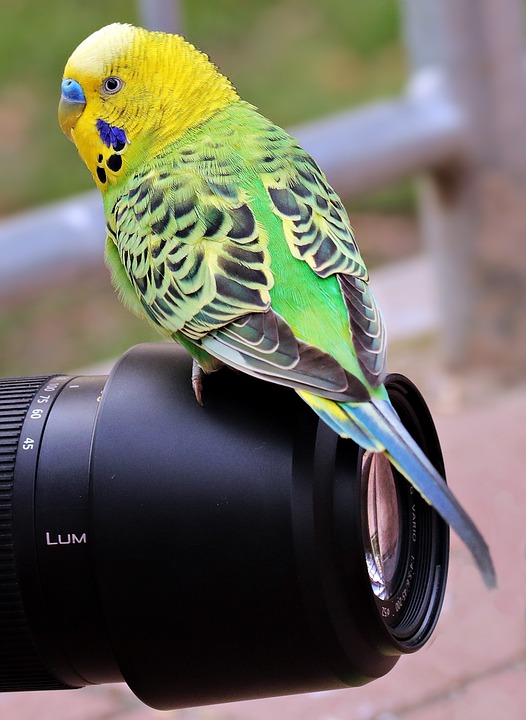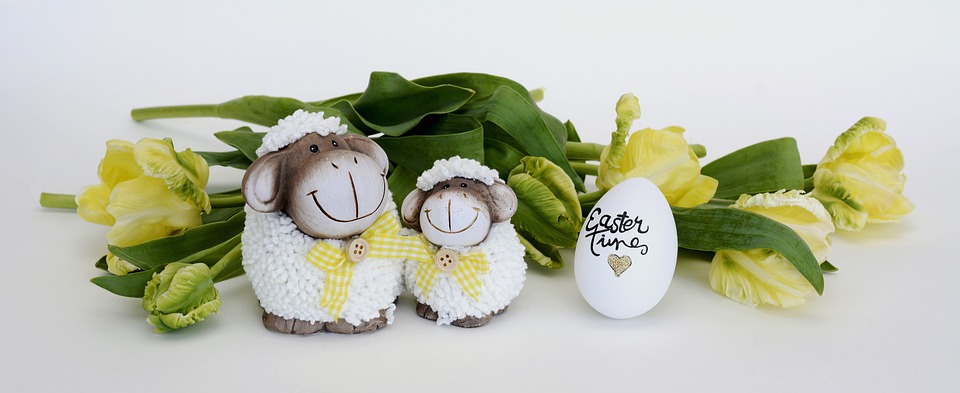Positive reinforcement is a powerful tool in shaping parrot behavior. Parrots, like many other animals, respond well to positive reinforcement as it encourages them to repeat behaviors that lead to rewards. By understanding the basics of parrot behavior and implementing positive reinforcement techniques, owners can create a harmonious bond with their feathered friends.
The basics of parrot behavior involve understanding their natural instincts and social behavior. Parrots are highly social creatures that thrive on interaction and companionship. They have various methods of communication, including vocalizations, body language, and mimicry. However, they can also develop behavior issues such as biting, screaming, or feather plucking.
Positive reinforcement is a training technique that involves rewarding desired behaviors. It focuses on encouraging and reinforcing positive actions rather than punishing or discouraging negative behaviors. This method has numerous benefits, including building trust and strengthening the bond between the parrot and its owner. It also helps create a positive and stimulating environment for the parrot.
Implementing positive reinforcement techniques involves establishing a strong bond with the parrot. Spending quality time together, providing mental and physical stimulation, and creating a safe and comfortable environment are essential. Identifying and rewarding desired behaviors is crucial in shaping parrot behavior. Whether it’s using treats, praise, or playtime, finding what motivates your parrot and using it as a reward will encourage them to repeat those behaviors.
Consistency and patience are key when implementing positive reinforcement techniques. Training sessions should be short, frequent, and consistent. It’s important to remember that parrots may not respond immediately, and progress may take time. Staying patient and persistent will yield better results in the long run.
Some frequently asked questions about parrot behavior and positive reinforcement include the timeframe for seeing results using positive reinforcement. The answer to this question varies depending on the individual parrot and the behavior being addressed. Consistency and patience are essential for achieving desired results.
Parrots can be trained at any age, although it’s generally easier to train younger parrots. Older parrots can also learn new behaviors through positive reinforcement, but it may require more time and patience.
Common mistakes to avoid when using positive reinforcement with parrots include inconsistent training, using punishment or negative reinforcement, and not providing appropriate rewards. It’s crucial to be consistent in your training approach and always use positive reinforcement techniques.
Positive reinforcement can help address behavior issues such as biting or screaming by redirecting the parrot’s focus onto desirable behaviors and rewarding them. By reinforcing positive behaviors, the parrot learns that engaging in those behaviors leads to rewards, ultimately reducing or eliminating unwanted behaviors.
Positive reinforcement can also be used to discourage negative behaviors in parrots by focusing on rewarding and reinforcing desirable behaviors instead. By redirecting their attention and providing alternative behaviors, parrots learn that engaging in positive actions is more rewarding than engaging in negative behaviors.
In conclusion, understanding parrot behavior and implementing positive reinforcement techniques are crucial for building a strong bond with your feathered companion. By using rewards and reinforcements to shape their responses, owners can create a happy and well-behaved parrot. Remember, patience and consistency are key when implementing these methods. With time and dedication, you’ll see the positive impact of positive reinforcement on your parrot’s behavior.

